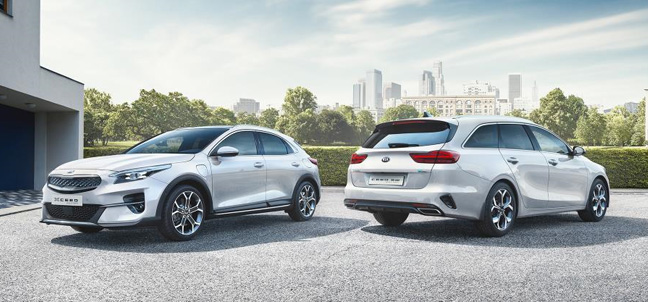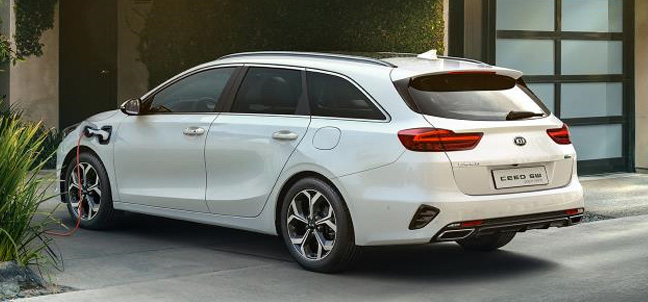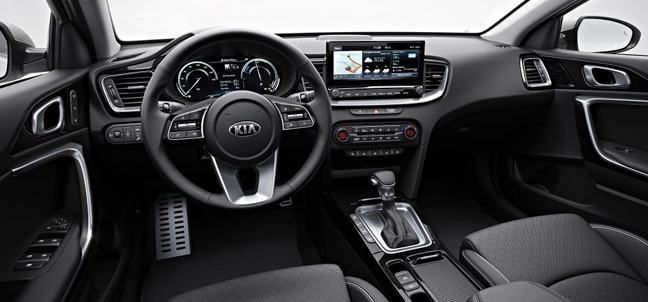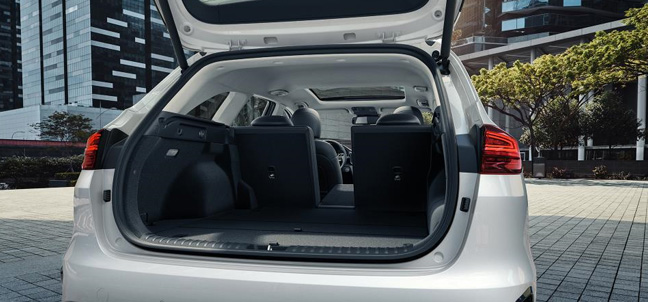Both models represent important introductions for Kia as sales of the new Ceed range have grown by over 40% in the first half of 2019 and new PHEV variants add further might to the line-up. Interestingly, electrified models have accounted for around one in seven Kia cars sold in Europe so far this year. However, while familiarity with the technology has already been gained with the Optima and Niro models, Hyundai (Kia’s owner) has already laid out its equivalent range of mild-hybrid, plug-in hybrid and electric i30 models that provide buyers with greater choice and lower running costs.

The Kia XCeed and Ceed Sportswagon Plug-in Hybrids will be built in Žilina, Slovakia, and are the first plug-in models built in Europe by the brand. Kia’s seven-year, 100,000-mile warranty is provided as usual, with extended cover for the new powertrain’s battery pack and motor. Built exclusively for Europe, sales of the new models will start in early-2020, although the UK specification, pricing and on-sale date will be announced nearer to launch.

Targeting low emissions and all-electric driving capabilities, the pair of new models offer compelling alternatives to conventional petrol and diesel versions. The new powertrain combines an 8.9kWh lithium-polymer battery pack, a 44.5kW electric motor and a fuel-efficient 1.6-litre four-cylinder GDI (gasoline direct injection) engine. The powertrain’s total power and torque output are respectively 139bhp and 195lbs ft, figures that enable the Ceed Sportswagon to accelerate from 0-60mph in 10.5s, with the Kia XCeed trailing slightly at 10.7s, due to a slightly greater kerbweight.

The power unit is mated to a six-speed, dual-clutch, automated-manual transmission (6DCT) that allows the driver to shift gears on demand, or leave the unit to its own devices, ensuring a more enjoyable driving experience than many other hybrid vehicles equipped with electronic continuously-variable transmissions (e-CVT). Traditional e-CVT hybrids convert a portion of engine output through the electric motor, which results in power losses from energy conversion. Kia’s 6DCT alternative allows the full output of both the engine and electric motor to be transferred in parallel through the transmission, with minimal losses.

Standard regenerative braking technology allows the new Plug-in Hybrid models to harvest kinetic energy and recharge their battery packs, while coasting, or braking, further enhancing the overall efficiency of the powertrain. Kia is targeting an all-electric range of around 40 miles for both vehicles, which will allow drivers to complete the majority of daily drives and short commutes in EV mode alone. CO2 emissions figures for the new PHEV variants are awaiting homologation and will be revealed prior to sales commencing in the New Year. Both models are equipped with Kia’s new Virtual Engine Sound System, an audible warning means that activates in electric-only mode at low speeds, or when reversing. The system generates virtual sound levels of up to 59 dBA to notify pedestrians safely of the vehicle’s presence.